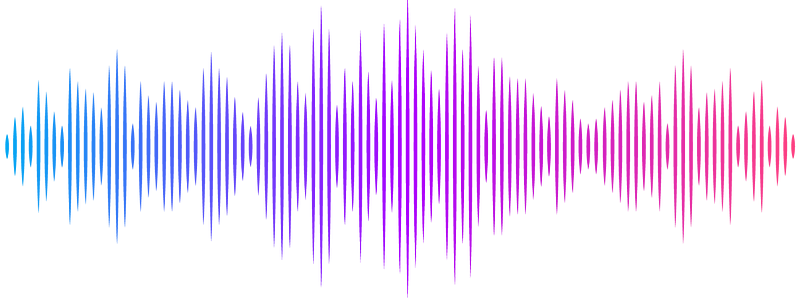The birth mass function of neutron stars

The birth mass function of neutron stars
Zhi-Qiang You, Xingjiang Zhu, Xiaojin Liu, Bernhard Müller, Alexander Heger, Simon Stevenson, Eric Thrane, Zu-Cheng Chen, Ling Sun, Paul Lasky, Duncan K. Galloway, Matthew Bailes, George Hobbs, Richard N. Manchester, He Gao, Zong-Hong Zhu
AbstractThe birth mass function of neutron stars encodes rich information about supernova explosions, double star evolution, and properties of matter under extreme conditions. To date, it has remained poorly constrained by observations, however. Applying probabilistic corrections to account for mass accreted by recycled pulsars in binary systems to mass measurements of 90 neutron stars, we find that the birth masses of neutron stars can be described by a unimodal distribution that smoothly turns on at $\mathbf{\unit[1.1]{\mathrm{M}_{\odot}}}$, peaks at $\mathbf{\approx \unit[1.27]{\mathrm{M}_{\odot}}}$, before declining as a steep power law. Such a ``turn-on" power-law distribution is strongly favoured against the widely-adopted empirical double-Gaussian model at the $\mathbf{3\sigma}$ level. The power-law shape may be inherited from the initial mass function of massive stars, but the relative dearth of massive neutron stars implies that single stars with initial masses greater than $\mathbf{\approx \unit[18]{\mathrm{M}_{\odot}}}$ do not form neutron stars, in agreement with the absence of massive red supergiant progenitors to supernovae.